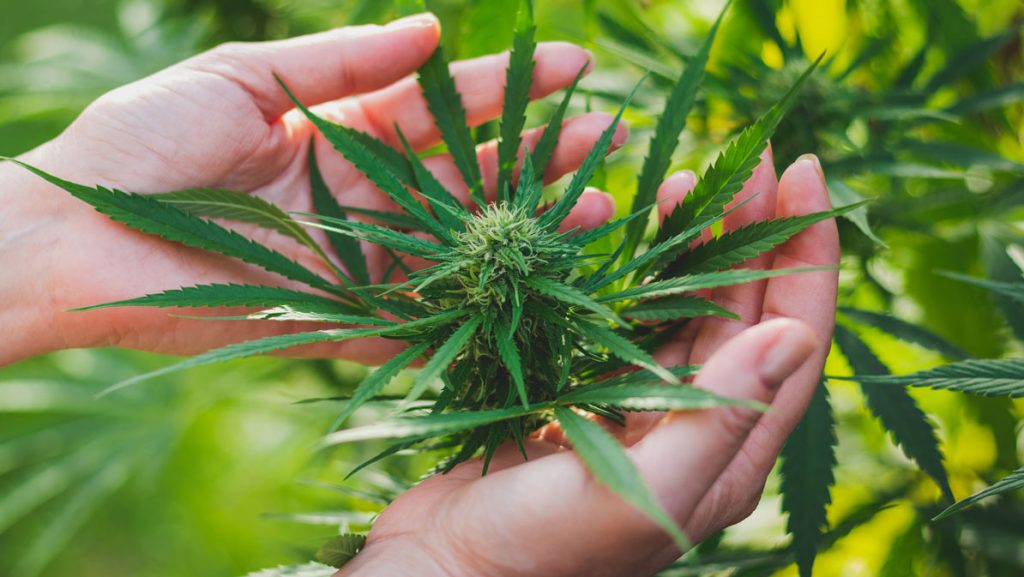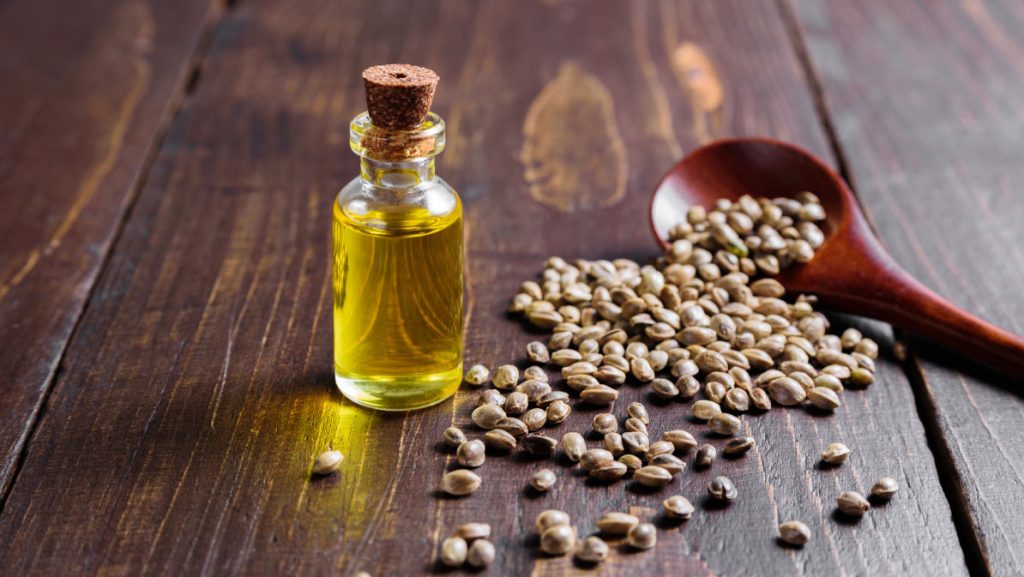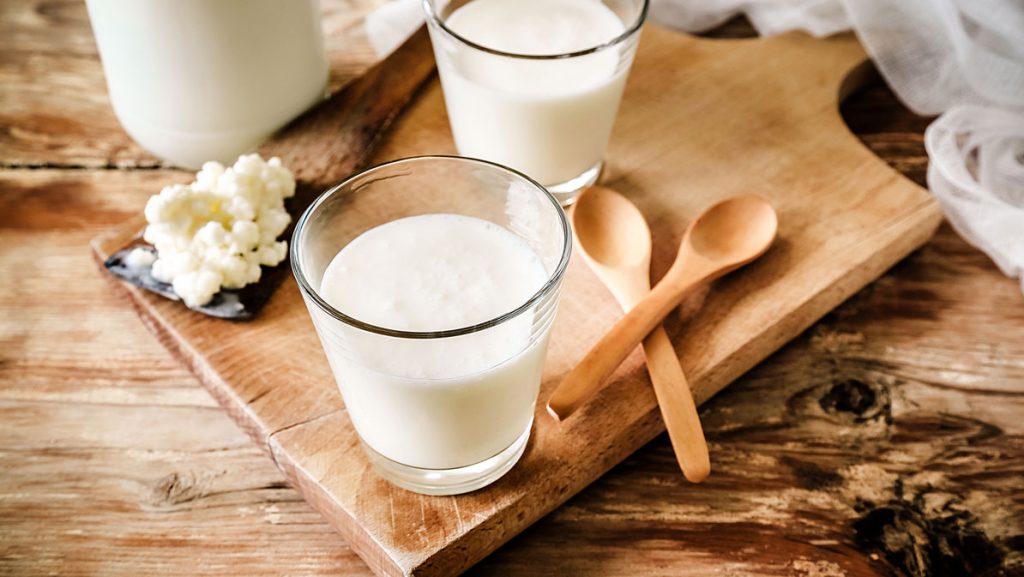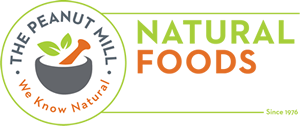via Healthier by Nature
Welcome to the world of natural living! Sit down. Stay awhile. Although, we recognize that along your journey to make more natural choices, you’ve likely come across some terms that have left you a little confused.
And some other terminology – although commonly used – has perhaps felt vague to you (I mean, what exactly does holistic wellness mean?). In order to help bring some clarity to the mix, and to ease your transition into making healthy, natural choices, we’ve laid out definitions of some commonly used terms.
Amino acids
Amino acids are organic compounds that combine to form proteins. Amino acids and proteins are the building blocks of life. Amino acids can also be used as a source of energy by the body.
Antibiotics
Any substance that inhibits the growth and replication of a bacterium or kills it outright can be called an antibiotic. Antibiotics are a type of antimicrobial designed to target bacterial infections within (or on) the body.
Artificial flavours, colours/dyes, sweeteners
Artificial flavors are simply chemical mixtures that mimic a natural flavor in some way. Colours/dyes or food coloring is also known as artificial colour. It is added to food and drinks to create a specific appearance. Artificial colors contain various chemicals and are commonly derived from petroleum products. Conveniently, they are available in various forms, including liquids, powders, gels, and pastes. Artificial sweeteners, or non-nutritive sweeteners, include low-calorie or non-caloric sweeteners, and sugar substitutes. These add a sweet flavor with fewer calories than table sugar, corn syrup, or fruit juice concentrates. Examples include aspartame (NutraSweet and Equal), sucralose (Splenda), acesulfame potassium, neotame and Saccharine (Sweet ‘N Low).
Ayurveda
Ayurveda, or ayurvedic medicine, is a healthy-lifestyle system people in India have used for more than 5,000 years. Ayurveda emphasizes good health and prevention and treatment of illness through lifestyle practices (such as massage, meditation, yoga, and dietary changes) and the use of herbal remedies.
Cannabis
Please note that cannabis and cannabis products are not currently available in health food stores in Canada.
Cannabis is any part of a cannabis plant, including the phytocannabinoids produced by, or found in, such a plant, regardless of whether that part has been processed or not, other than a part of the plant referred to in the note below. Also, any substance or mixture of substances that contains or has on it any part of such a plant. And, any substance that is identical to any phytocannabinoid produced by, or found in, such a plant, regardless of how the substance was obtained.
Note:
-
- A non-viable seed of a cannabis plant
- A mature stalk, without any leaf, flower, seed or branch, of such a plant
- Fibre derived from a stalk referred to in item 2
- The root or any part of the root of such a plant

Cannabidiol (CBD)
The cannabis plant contains hundreds of different chemical constituents, such as cannabinoids, terpenes and flavonoids. Cannabidiol (CBD) is one of these cannabinoids. Unlike tetrahydrocannabinol (THC) – the most well-known cannabinoid in cannabis, responsible for the high or intoxication of consuming cannabis – CBD does not produce a high or intoxicating effect. CBD is also being studied for its possible therapeutic uses.
Essential fatty acids
Essential fatty acids are fatty acids (a carboxylic acid with a long aliphatic chain, which is either saturated or unsaturated). They are good fats that your body cannot make and must instead be consumed through diet. They are required for proper cell function and structure, and for optimal health as a whole.
Functional food
Are foods enhanced with bioactive ingredients and which have demonstrated health benefits, such as probiotic yogurt, or breads and pasta with added pea fibre.
Genetically modified organism (GMO)
This refers to genetically modified organisms—broadly speaking, foods that have been modified by genetic manipulation. The term is commonly used to refer to genetic engineering (GE). GE refers to techniques by which the genetic material of an organism is changed in a way that does not occur naturally by multiplication and/or natural recombination. Examples of the techniques used in genetic engineering include but are not limited to the following:
- Recombinant DNA (rDNA) techniques that use vector systems
- Techniques involving the direct introduction into the organism of hereditary materials prepared outside the organism
- Cell fusion (including protoplast fusion) or hybridization techniques that overcome natural physiological, reproductive, or recombination barriers, where the donor cells/protoplasts do not fall within the same taxonomic family
Unless the donor/recipient organism is derived from any of the above techniques, examples of excluded techniques include but are not limited to the following:
- In-vitro fertilization
- Conjugation, transduction, transformation, or any other natural process
- Polyploidy induction
- Mutagenesis
- Cell fusion (including protoplast fusion) or hybridization techniques where the donor cells/protoplasts fall within the same taxonomic family.
Hemp seed oil
Hemp seed oil is an extract from the seeds of industrial hemp. Industrial hemp is the only plant used in crafting this type of hemp oil. Hemp seeds are cold pressed, peeled or unpeeled, to create a delicious nutty oil. There are no cannabinoids, such as tetrahydrocannabinol (THC) or cannabidiol (CBD), present in hemp oil as the seeds are not psychoactive.

Herbal remedies
A medication prepared from plants, including most of the world’s traditional remedies for disease. Most people think of herbal remedies as products sold over the counter as “supplements”, such as saw palmetto extract or goldenseal ointment. However, many over- the-counter and prescription drugs are based on ingredients originally derived from plants, including aspirin and digoxin.
Homeopathic medicine
A medical philosophy and practice based on the idea that the body has the ability to heal itself. It views symptoms of illness as normal responses of the body as it attempts to regain health. Homeopathy is based on the idea that “like cures like.” That is, if a substance causes a symptom in a healthy person, giving the person a very small amount of the same substance may cure the illness. Homeopathic products must be licensed by Health Canada and are assigned a DIN-HM number, which is printed on the front of the package.
Homeopathy
See definition for homeopathic medicine (above).
Holistic wellness
Holistic wellness is a form of healing that considers the whole person — body, mind, spirit, and emotions — in the quest for optimal health and wellness. According to the holistic medicine philosophy, one can achieve optimal health — the primary goal of holistic medicine practice — by gaining proper balance in life.
Industrial hemp
Industrial hemp includes cannabis plants and plant parts, of any variety, that contains 0.3% tetrahydrocannabinol (THC) or less in the leaves and flowering heads. Industrial hemp also includes the derivatives of industrial hemp plants and plant parts. These do not include the flowering parts or the leaves. Examples of derivatives that are considered industrial hemp include: hemp seed oil (oil derived from seed or grain) and hemp flour.
Natural foods
Typically refers to foods produced in a more natural way, which, depending on the specific item, may include less processing, or fewer preservatives or artificial additives

Natural Health Product
Natural health products (NHPs) are made of naturally occurring substances that are used to restore or maintain good health. They are often made from plants, but can also be made from animals, microorganisms and marine sources. They come in a wide variety of forms like tablets, capsules, tinctures, solutions, creams, ointments and drops. These are licensed by Health Canada and are assigned an NPN or DIN-HM number. NHPs, often called “complementary” or “alternative” medicines, include: vitamins and minerals, herbal remedies, homeopathic medicines, traditional medicines like traditional Chinese and Ayurvedic (East Indian) medicines, probiotics, other products like amino acids and essential fatty acids.
Natural product
Natural products are a broad category of products that include foods, supplements, personal care items, organics, clothing and more. While the term is used quite broadly and loosely, it’s typically applied to products that contain primarily natural ingredients or are derived through natural processes. The term is also often used to imply that products are more environmentally friendly, although there is no across-the-board legal requirement that must be met to be called a natural product
Naturopathy
Naturopathy (or naturopathic medicine) is a system that uses natural remedies to help the body heal itself. It embraces many therapies, including herbs, massage, acupunctire, exercise, and nutritional counseling.
Natural Product Number (NPN)
All Natural Health Products currently available for sale in Canada must be licensed with a Natural Product Number (NPN), which is printed on the front of the package. To obtain an NPN, Health Canada reviews research that supports the safety, quality and claims associated with the products.
Organic food
Organic food refers to the output from organic agriculture, which is a holistic production method that contributes to the enhancement of biodiversity, good soil health and ecological balance. It refers to the way agricultural products are grown and processed; organic food is produced using environmentally and animal friendly farming methods. Organic certification lets consumers know that every step along the supply chain has protected and maintained the organic integrity that begins on the farm. Organic certification in Canada applies to food, feed and seed.
Organic Products
Organic products refer to anything i.e. clothing, beauty products etc. that are made up of organic materials and substances produced under organic standards and regulations.
Probiotics
Probiotics are bacteria that help keep the natural balance of organisms (microflora) in the intestines. Examples of probiotics include: Yogurt, kefir, sauerkraut, kimchi, miso, kombucha, pickles, tempeh and so on.

Supplemented food
Supplemented food (as it stands today) is broadly defined as “a pre-packaged product that is manufactured, sold or represented as a food, which contains added vitamins, minerals, amino acids, herbal or bioactive ingredients. These ingredients may perform a physiological role beyond the provision of nutritive requirements” examples include energy drinks, bars with added vitamins, minerals, amino acids. These products have Temporary Marketing Authorization Letters (TMALs) and a list can be found here.
Traditional Chinese Medicine
Traditional Chinese medicine is a system of medicine partly based on the idea that an energy, called qi (say “chee”), flows along pathways in the body called meridians. In this belief, if the flow of qi along these meridians is blocked or unbalanced, illness can occur.
Vitamins and minerals
Vitamins and minerals are essential micronutrients that boost the immune system, support normal growth and development, and help cells and organs do their jobs. Vitamins are organic substances and minerals are inorganic elements.
References
- “Ayurveda.” Healthlinkbc.ca. https://www.healthlinkbc.ca/health-topics/aa116840spec
- “Voluntary labelling and advertising of foods that are and are not products of genetic engineering.” Tpsgc-pwgsc.gc.ca. https://www.tpsgc-pwgsc.gc.ca/ongc-cgsb/programme-program/normes-standards/internet/032-0315/index-eng.html#a4
- “Vitamins and Minerals.” Kidshealth.org. https://kidshealth.org/en/teens/vitamins-minerals.html?ref=search
- “Natural and Non-prescription Health Products.” Canada.ca. https://www.canada.ca/en/health-canada/services/drugs-health-products/natural-non-prescription.html
- “Licensed Natural Health Products Database (LNHPD).” Canada.ca. https://www.canada.ca/en/health-canada/services/drugs-health-products/natural-non-prescription/applications-submissions/product-licensing/licensed-natural-health-products-database.html
- “Organic Products.” Inspection.gc.ca. http://www.inspection.gc.ca/food/requirements-and-guidance/organic-products/eng/1526652186199/1526652186496
- “Medical Definition of Herbal Remedy.” Medicinenet.com. https://www.medicinenet.com/script/main/art.asp?articlekey=11464
- “Homeopathy.” Healthlinkbc.ca. https://www.healthlinkbc.ca/health-topics/aa104729spec
- “Traditional Chinese Medicine.” Healthlinkbc.ca. https://www.healthlinkbc.ca/health-topics/aa140227spec
- “Probiotics.” Healthlinkbc.ca. https://www.healthlinkbc.ca/health-topics/tw2302spec
- “Amino acids.” Medicineplus.gov. https://medlineplus.gov/ency/article/002222.htm
- “Essential fatty acid.” Wikipedia.org. https://en.wikipedia.org/wiki/Essential_fatty_acid
- “An Introduction to Essential Fatty Acids in Health and Nutrition.” Bioriginal.com. https://www.bioriginal.com/an-introduction-to-essential-fatty-acids-in-health-and-nutrition/
- “What is Industrial Hemp?” Canada.ca. https://www.canada.ca/en/health-canada/services/drugs-medication/cannabis/producing-selling-hemp/about-hemp-canada-hemp-industry/frequently-asked-questions.html#a6
- “Everything you need to know about CBD oil.” Medicalnewstoday.com. https://www.medicalnewstoday.com/articles/317221.php
- “Hemp Oil vs CBD Oil: The Need for Clarity.” Meetharmony.com. https://meetharmony.com/2016/11/29/hemp-oil-vs-cbd-oil-need-clarity/
- “Nutrition and Healthy Eating.” Mayoclinic.org. https://www.mayoclinic.org/healthy-lifestyle/nutrition-and-healthy-eating/expert-answers/functional-foods/faq-20057816
- “What are antibiotics and how do they work?” microbiologysociety.org. https://microbiologysociety.org/education-outreach/antibiotics-unearthed/antibiotics-and-antibiotic-resistance/what-are-antibiotics-and-how-do-they-work.html
- “Synthetic Hormones.” Definedterm.com. https://definedterm.com/synthetic_hormones
- “FAQ-Biotechnology and Genetically Modified Foods.” Canada.ca. https://www.canada.ca/en/health-canada/services/food-nutrition/genetically-modified-foods-other-novel-foods/factsheets-frequently-asked-questions/part-1-regulation-novel-foods.html
- “How do Artificial Flavors Work?” science.howstuffworks.com. https://science.howstuffworks.com/question391.htm
- “What is Food Coloring?” naturallysavvy.com. https://naturallysavvy.com/eat/what-is-food-coloring/
- “What are Artificial Sweeteners?” webmd.com. https://www.webmd.com/diabetes/qa/what-are-artificial-sweeteners
- “What is Naturopathic Medicine?” webmd.com. https://www.webmd.com/balance/guide/what-is-naturopathic-medicine#1
- “What is Holistic Medicine?” webmd.com. https://www.webmd.com/balance/guide/what-is-holistic-medicine#1
- “11 Probiotic Foods that are Super Healthy.” Healthline.com. https://www.healthline.com/nutrition/11-super-healthy-probiotic-foods


